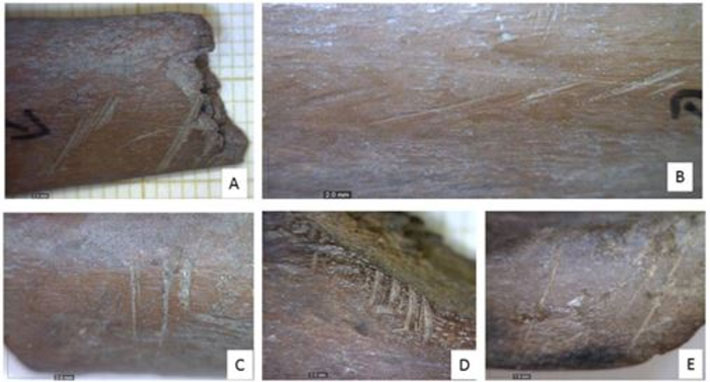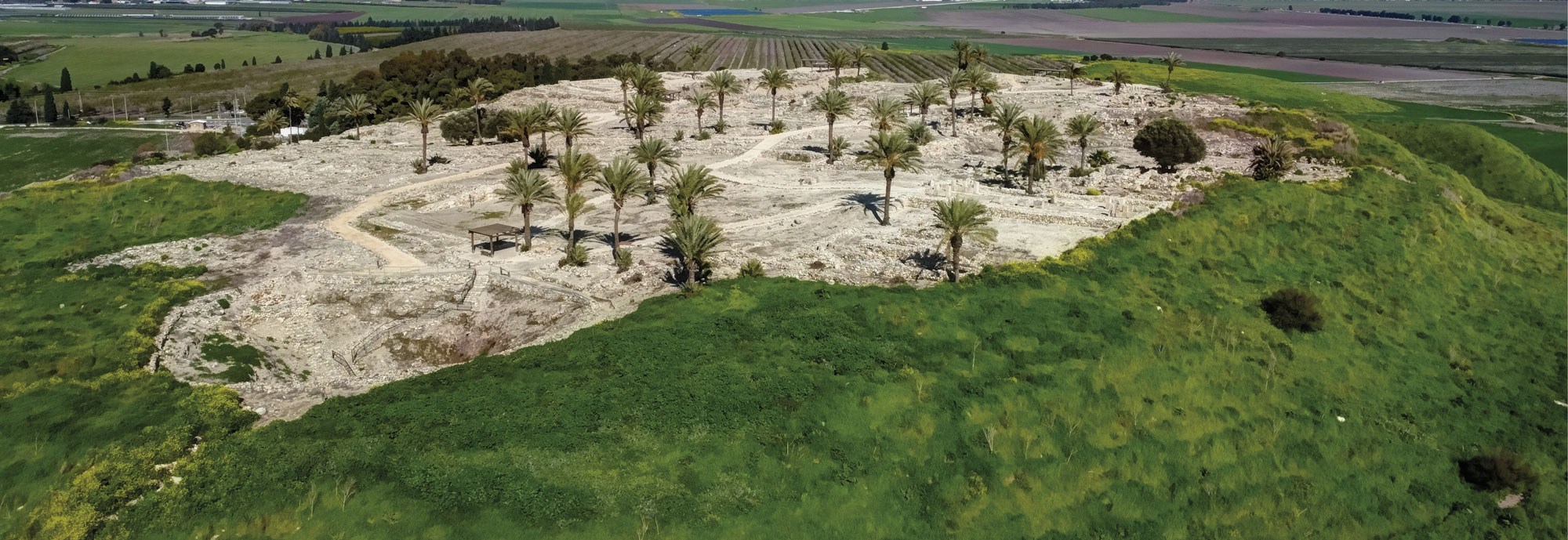
JERUSALEM, ISRAEL—According to a statement released by the Hebrew University of Jerusalem, the abundance of animal and plant remains unearthed at a 23,000-year-old site on the southern shores of the Sea of Galilee suggests that the hunter-gatherers who lived here in six oval brush huts had plenty to eat, despite the cold temperatures of the Ice Age. The more than 22,000 animal bones show that they consumed gazelles, deer, and other mammals; reptiles such as turtles; birds; and fish, in addition to cereals and other plants. Researcher Tikva Steiner said the tortoise remains were all about the same size, suggesting that their shells may have been used as bowls, while the hares and foxes may have been hunted for their pelts. Read the original scholarly article about this research in PLOS ONE. To read more about Israeli archaeology, go to "Letter from Israel: The Price of Purple."










